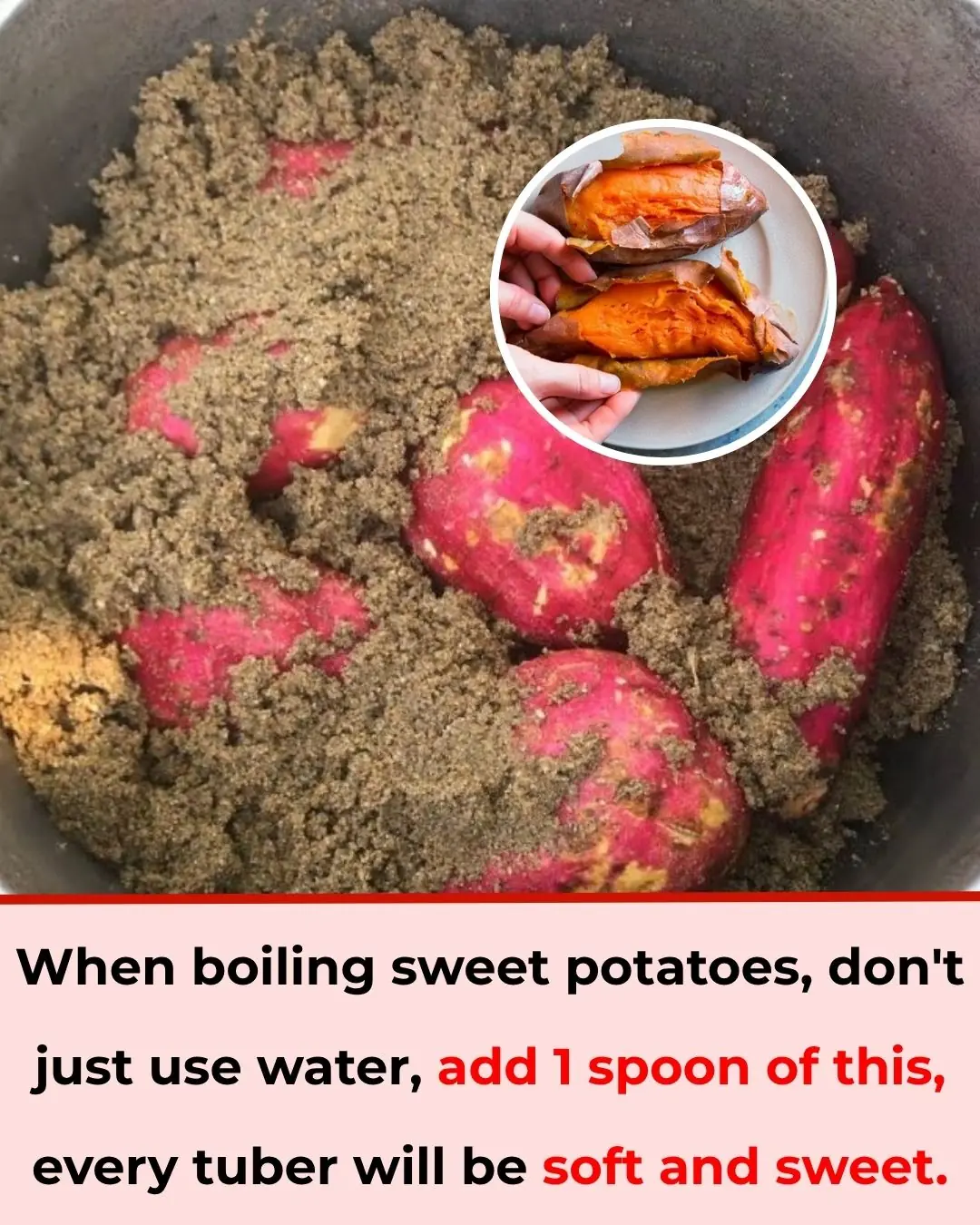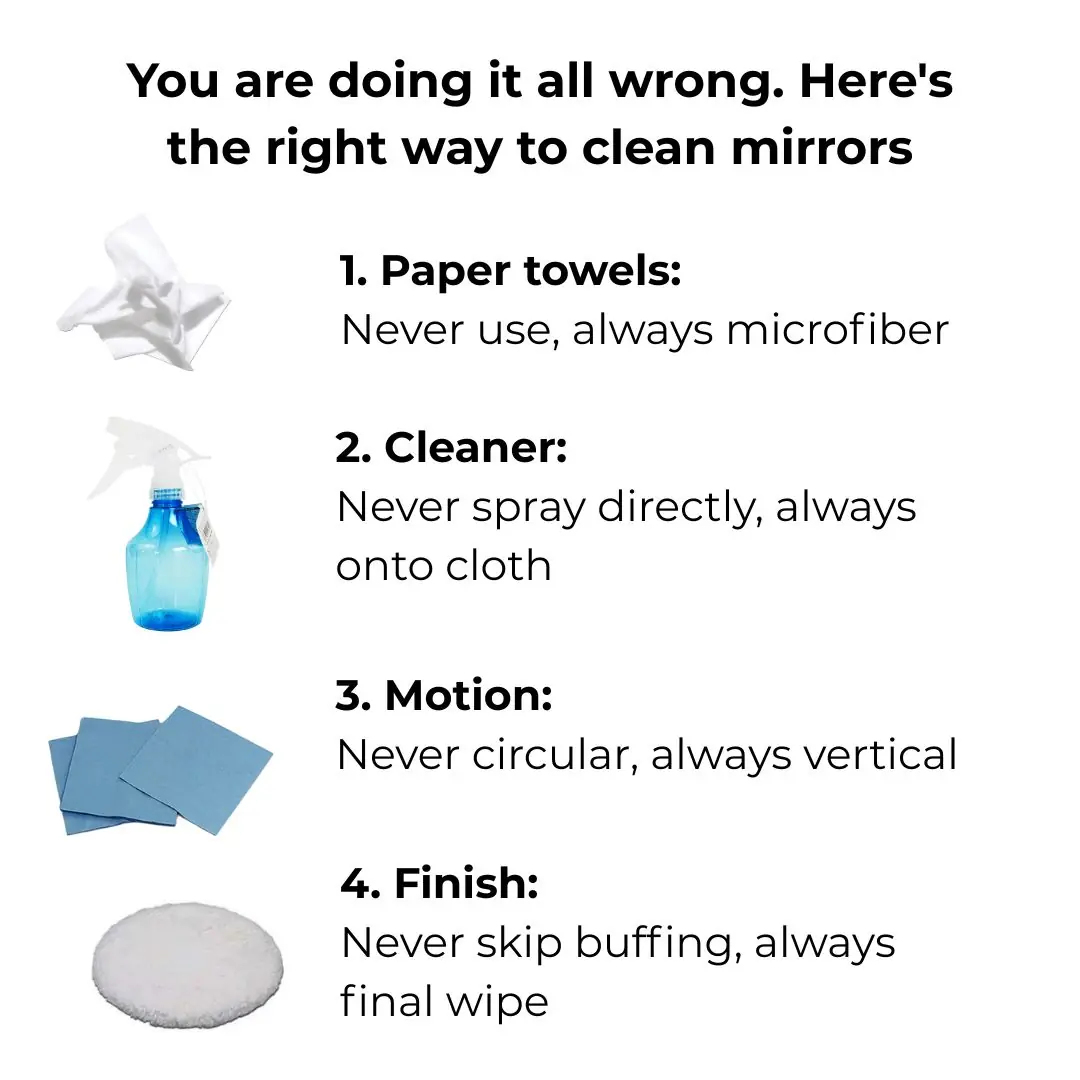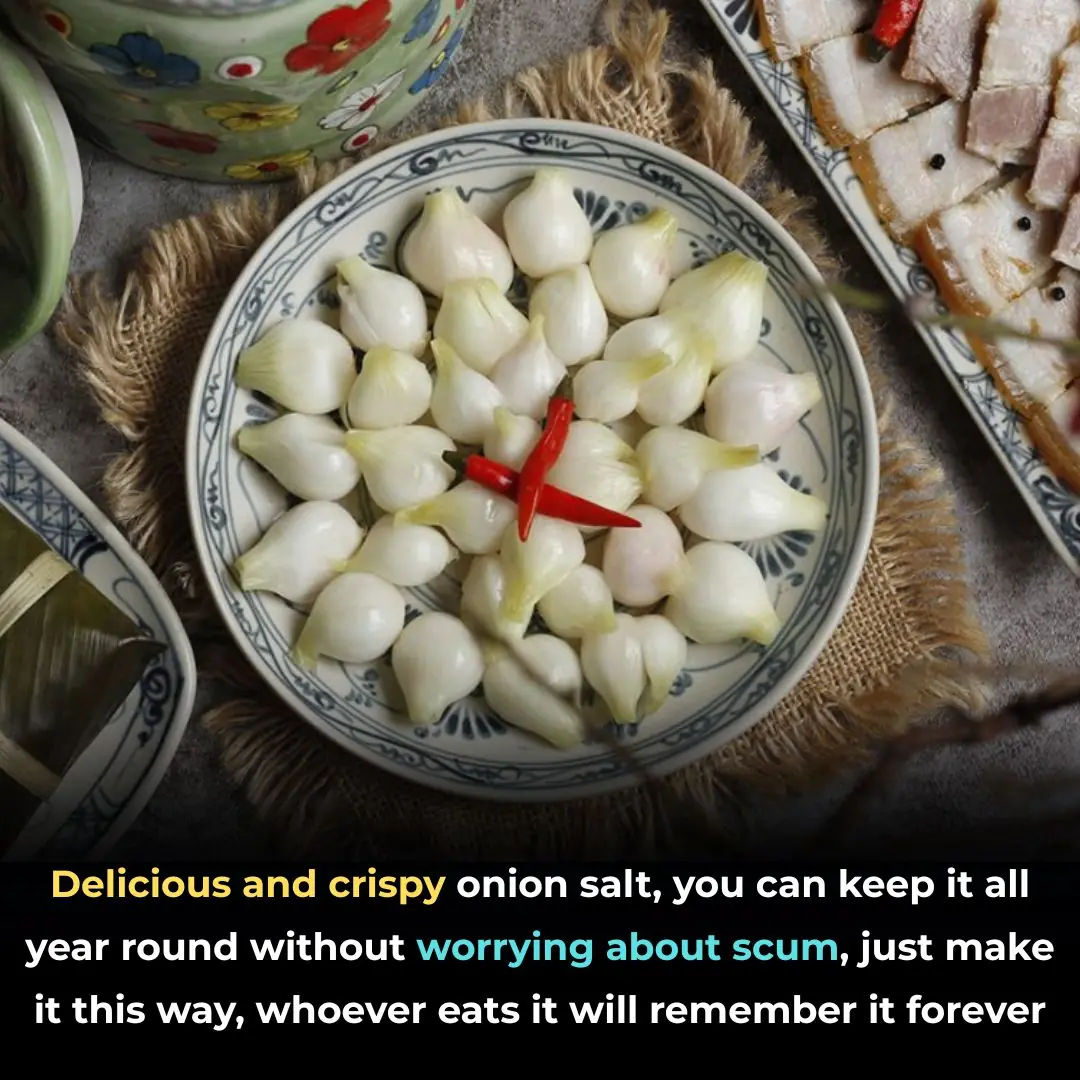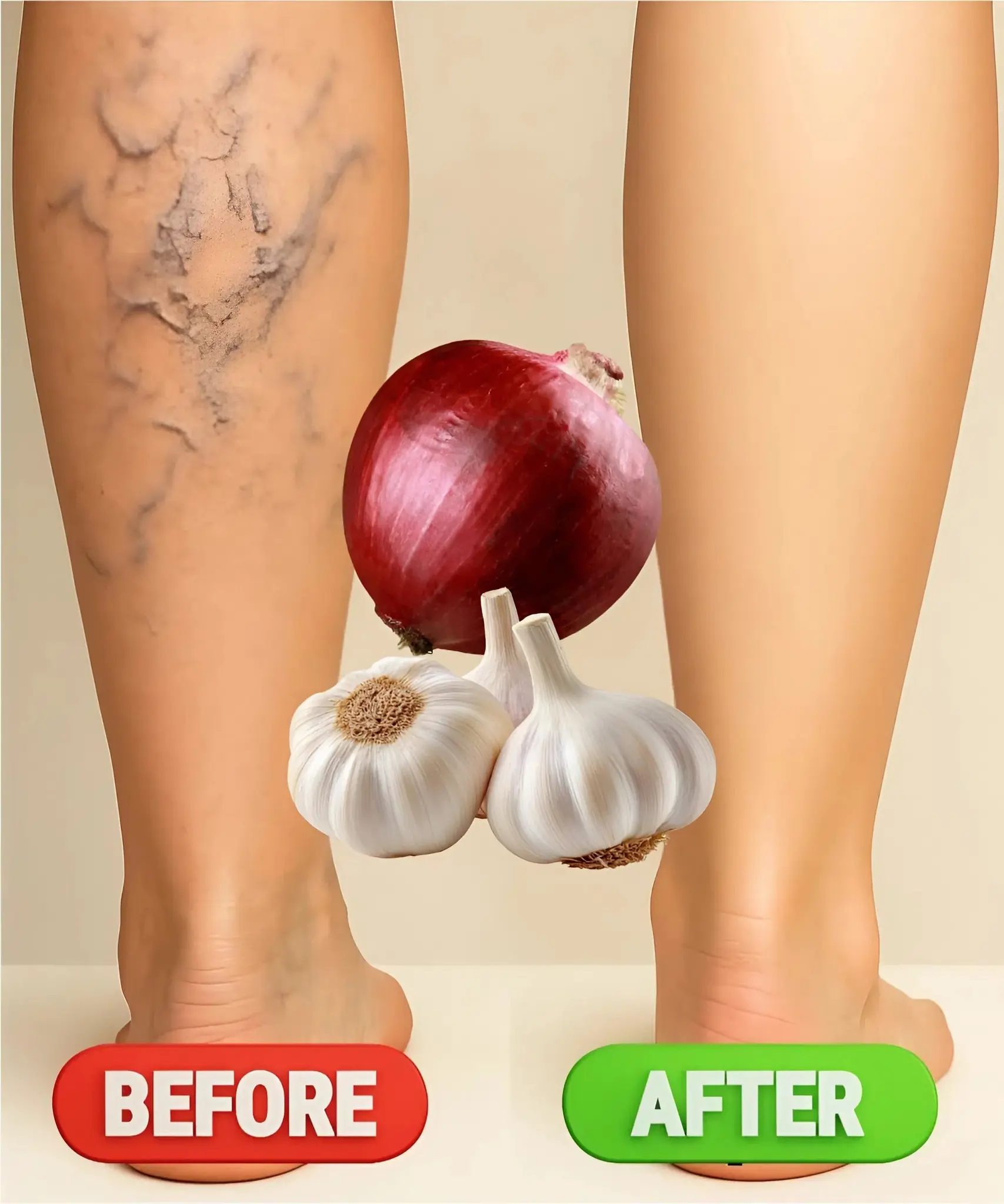
Most do this wrong. 10 leftovers you’re storing wrong
In today’s fast-paced world, leftovers are more than just a convenient solution — they’re a smart way to reduce food waste, save money, and cut down on daily cooking time. Yet, while saving that extra portion of dinner seems harmless, the way you store it can make a world of difference. Improper leftover storage doesn’t just ruin the texture and flavor of your meal; it can also lead to foodborne illnesses and unnecessary waste.
Many people unknowingly make small but significant mistakes that cause leftovers to spoil faster or even become unsafe to eat. By learning a few essential storage rules, you can extend the life of your meals, preserve taste and texture, and protect your health.
Below are eleven common mistakes people make when storing leftovers — and simple ways to fix them so your food stays fresh, flavorful, and safe for longer.
1. Hot Food in Sealed Containers: A Recipe for Bacteria
Putting hot food straight into a sealed container before refrigeration is one of the most common food storage errors. Trapped heat creates a warm, humid environment that bacteria love — and this can quickly turn safe food into a health hazard.
Always allow food to cool to room temperature before refrigerating. As a rule, don’t leave it out for more than two hours (or one hour if the room is particularly warm). To speed up cooling, spread food out in a shallow dish or divide it into smaller portions. You can even place the containers in a bowl of ice water to cool them faster before storing.
2. Pizza Wrapped in Foil: A Crispy Mistake
Many people wrap leftover pizza in aluminum foil, thinking it will keep it fresh. Unfortunately, foil traps steam, making the crust limp and soggy.
For best results, line an airtight container with a paper towel to absorb moisture before placing the pizza inside. When it’s time to reheat, skip the microwave and use an oven at 375°F (190°C) for about 10 minutes or a skillet on medium heat for a crispier result.
3. Soup Stored in Plastic Tubs: A Flavor Fiasco
Plastic containers may be convenient, but they can absorb strong odors and flavors over time, which affects your soup’s taste. They can also stain and warp from hot liquids.
Opt for glass containers with tight-fitting lids for soups, stews, or sauces. If you must use plastic, ensure it’s BPA-free and labeled safe for hot foods. When reheating, transfer the soup to a saucepan or microwave-safe bowl instead of heating it directly in the storage container.
4. Pasta in Airtight Jars: The Moisture Trap
Leftover pasta may seem simple to store, but airtight jars often trap residual steam, turning noodles mushy. To avoid that sticky mess, toss the pasta with a teaspoon of olive oil before storing to prevent clumping. Then, place it in a shallow, loosely covered container that allows minimal air circulation.
For best results, store sauces separately from pasta and combine them only when reheating. This keeps the noodles from absorbing too much liquid and losing their texture.
5. Bread in the Fridge: The Quick Stale Trap
Many people refrigerate bread to “keep it fresh,” but cold air actually speeds up the staling process. The starches in bread crystallize faster at refrigerator temperatures, leading to a hard, dry loaf.
Instead, keep bread at room temperature in a paper bag, bread box, or linen wrap to maintain its soft texture. If you need to store it longer, freeze it in slices for easy toasting later. Frozen bread can last up to three months without losing quality.
6. Rice Left Out Overnight: A Dangerous Oversight
Cooked rice left sitting on the counter overnight is one of the riskiest food storage habits. The bacteria Bacillus cereus can survive cooking and multiply rapidly at room temperature, producing toxins that reheating won’t destroy.
To stay safe, refrigerate rice within two hours of cooking, ideally in a shallow, uncovered container until it cools. Then cover it tightly. When reheating, make sure it’s steaming hot all the way through before serving.
7. Cooked Potatoes at Room Temperature: A Toxin Risk
Like rice, cooked potatoes can also harbor dangerous bacteria if left out too long. Clostridium botulinum — the same bacteria responsible for botulism — can grow in cooked potatoes wrapped in foil or stored at room temperature.
Always refrigerate potatoes within two hours of cooking, and unwrap them from foil before doing so. When reheating, ensure they reach at least 165°F (74°C) internally to kill any bacteria.
8. Herbs in Water: The Wilting Error
It may seem natural to store herbs upright in a glass of water, but this method often makes them slimy and limp within a day or two.
A better option is to treat herbs like salad greens: gently wash and dry them, wrap them in a slightly damp paper towel, and place them in a resealable bag or container in the fridge. For heartier herbs like parsley or cilantro, a small jar with an inch of water covered loosely with a plastic bag works best.
9. Fried Foods in Paper Towels: The Soggy Dilemma
While paper towels can absorb oil, they also trap steam — leaving your once-crispy fried food disappointingly soggy.
Instead, place fried foods on a wire rack set over a baking sheet, allowing excess oil to drain away and air to circulate. When reheating, use an oven or air fryer rather than a microwave to revive their crunch.
10. Cheese in Plastic Wrap: The Suffocation Effect
Cheese is alive — it needs to breathe. Storing it in airtight plastic wrap traps moisture and limits airflow, encouraging mold growth and ruining texture.
For ideal storage, wrap cheese in wax or parchment paper, then place it in a loose plastic bag or resealable container. This method keeps the cheese moist without suffocating it. Soft cheeses like brie or mozzarella should be stored in their original packaging or lightly covered in a small container to prevent drying out.
11. Opened Canned Goods in the Fridge: The Metallic Mistake
Leaving opened cans in the fridge can cause a metallic taste and possible chemical reactions that alter your food’s flavor and safety.
Always transfer canned food to a clean glass or BPA-free plastic container with a tight-fitting lid before refrigerating. This helps preserve freshness and prevents unpleasant aftertastes. Label the container with the date so you know when to use it — most canned leftovers last 3–4 days once opened.
Final Thoughts
Proper leftover storage isn’t just about tidiness or convenience — it’s a simple yet powerful way to prevent food waste, protect your health, and enjoy your meals at their best. By making small adjustments, such as cooling food before refrigeration or choosing the right containers, you can ensure that every bite tastes just as good as when it was first made.
News in the same category


Washing and conditioning hair with beer helps reduce hair loss and stimulates continuous hair growth

Soak your whole body with warm ginger water before going to bed.

Add ice cubes to the bone broth

When boiling sweet potatoes, don't just use water, add 1 spoon of this, every tuber will be soft and sweet

Stir-fried beef is tough: Add these 3 steps, the meat will be softer, sweeter, and tastier than in restaurants

Using Hot Water to Clean a Greasy Pan Sounds Smart — But It’s Actually Doing More Harm Than Good

Why seniors should keep their socks on even at home

Why You Should Sprinkle Salt on Your Gas Stove — The Surprising Cleaning Hack That Works Wonders

10 fridge habits you’re doing wrong

Stop throwing out old hoses. Here are 10 brilliant hacks to use them around the house

You’re doing it all wrong. Here’s the right way to clean air vents

My nana taught me this hack to get rid of lawn burn from dog pee in 5 mins with 0 work. Here’s how it works

You're doing it all wrong. Here’s the right way to store milk and dairy

You are doing it all wrong. Here's the right way to clean mirrors

Delicious and crispy onion salt, you can keep it all year round without worrying about scum, just make it this way, whoever eats it will remember it forever

You are doing it all wrong. Here's the right way to store cleaning supplies

My nana taught me this hack to whiten yellow pillows in 5 mins with 0 work. Here’s how it works

If you see this plant, you are sitting on gold and don't even know it.
News Post

Popular Blood Pressure Drug Linked To Increased Risk of Skin And Lip Cancer

When making spring roll filling, remember 1 step carefully

Washing and conditioning hair with beer helps reduce hair loss and stimulates continuous hair growth

Soak your whole body with warm ginger water before going to bed.

Discover the Meaning of a Black Cat Approaching You

Add ice cubes to the bone broth

11 Benefits of Dandelion Roots

#1 Absolute Best Toenail Fungus Cure You Can Make at Home with Just 3 Ingredients

Banana Peel & Cornstarch: A Natural Skin Hack That Could Help You Look Younger

Homemade Remedies for Varicose Veins with Onion, Garlic, and Apple Cider Vinegar

Crema Casera con Vaselina que Rejuvenece la Piel al Instante

Top 5 Natural Remedies to Shrink Enlarged Pores and Achieve Smooth Skin

DIY Onion Sunflower Seed Oil: Get New Hair In Bald Patches

Homemade Carrot Oil for Glowing Skin: A Natural Solution for Dark Spots, Wrinkles & Anti-Aging

Glow Ice: Rice Water Cubes to Shrink Pores and Get Clear, Radiant Skin

The Body’s Intuition: Signs of an Impending End

When boiling sweet potatoes, don't just use water, add 1 spoon of this, every tuber will be soft and sweet

Stir-fried beef is tough: Add these 3 steps, the meat will be softer, sweeter, and tastier than in restaurants

The Shoes You Pick Reveal What Kind of Woman You Are
